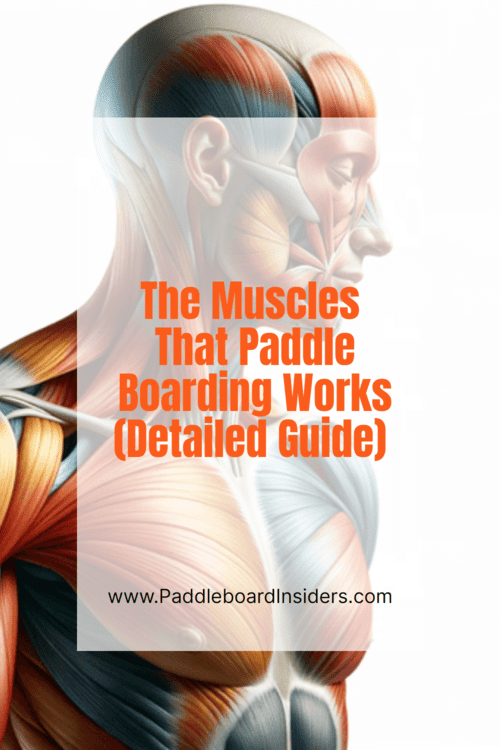The Muscles Used In A Paddle Boarding Stroke: Detailed A-Z Guide
*We may earn a commission for purchases made using our links. Please see our disclosure to learn more.
Ever what muscles does paddle boarding work? This sport engages a symphony of muscle groups, from your core to the tips of your fingers. This guide dives into each muscle involved in every stroke and offers tips to make them even stronger.
Get ready for a muscle-by-muscle tour! 💪
| Looking for our best paddle board product recommendations? Check the Paddleboard Insiders Buyer Guides |
Table Of Contents
- What Muscles Does Paddle Boarding Work?
- The Benefits of Paddle Boarding for Muscle Strengthening
- Tips for Optimizing Muscle Engagement During Paddle Boarding
- Conclusion
- What Muscles Does Paddle Boarding Work: FAQs
- What are the main muscles used in a paddle boarding stroke?
- How can I strengthen the muscles needed for paddle boarding?
- Are there any specific stretches to help prevent muscle strain while paddle boarding?
- Can proper technique reduce strain on the utilized muscles when paddling?
- Is it important to warm up before engaging in paddle boarding activities?
What Muscles Does Paddle Boarding Work?

Paddle boarding works the core, back, legs, shoulders, feet and arms. Each stroke engages different muscle groups to propel the board forward.
Let’s go through each of the main muscle groups individually to give you a better understanding.
Core

Engaging your core muscles is crucial during a paddle boarding workout. As you navigate the water, these muscles stabilize your body, allowing you to maintain balance and control on the board.
The abdominal muscles, including the rectus abdominis and obliques, spring into action with each stand up paddle stroke. They work continuously to keep you upright as you shift your weight from one side to the other.
Your core also includes deeper muscle groups like the transverse abdominis which plays an essential role in power generation for effective strokes. By engaging this “internal corset,” you create a solid base that supports movement in all other parts of your body.
This translates into more efficient paddling and helps prevent lower back strain often associated with water sports such as SUP and kayaking. Strengthening these core muscles can lead to significant improvements in your overall paddle boarding fitness and technique.
Back
Your back muscles get a serious workout every time you hit the water for some standup paddling. These include the broad latissimus dorsi that span from your arms to your lower back, crucial for power strokes and maintaining balance on the board.
Every sweep of the paddle engages these large muscles, promoting strength and endurance.
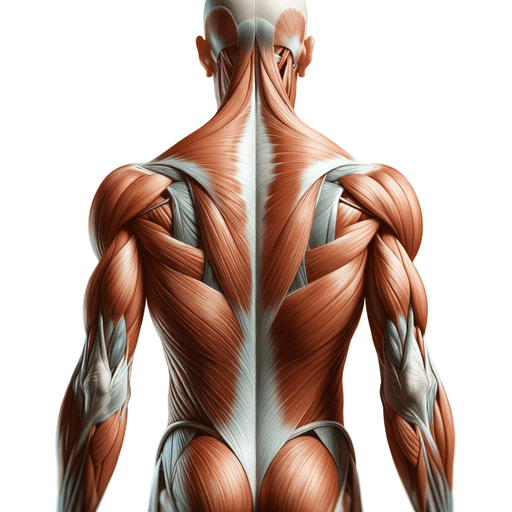
As you pull through the water, your rhomboids and trapezius muscles in your upper back work together with your shoulders to complete each stroke. This repetitive motion builds muscle tone and can enhance posture over time.
Paddling on alternate sides also ensures a balanced exercise routine, stimulating muscle activity across your entire back region.
Legs
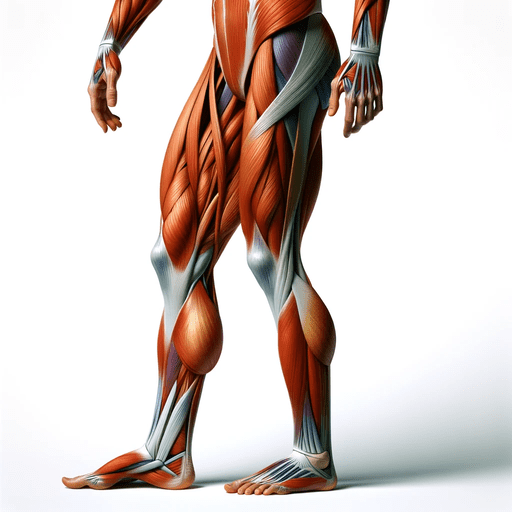
Moving down from the back, we arrive at another crucial muscle group: the legs. They play a vital role in maintaining balance on a paddle board. With each stroke, your legs adjust to keep you upright and stable on the shifting water surface.
This constant adjustment tones your quads, hamstrings, and calves.
During a power stroke, it’s your leg muscles that anchor you to the board, allowing for stronger paddles. Engaged calf muscles help absorb shocks from waves and wakes while balancing adds definition to your thighs over time.
Stand up paddling truly gives these lower body muscles a dynamic workout as they work together with the core for effective strokes and stability on the water.
Shoulders
Engaging in paddle boarding requires the use of your shoulders, particularly when executing the power stroke. This dynamic movement engages the deltoid muscles to propel the paddle through the water, providing an effective upper body workout.
The repetitive action of paddling also engages and strengthens the smaller muscles surrounding the shoulders, contributing to improved stability and endurance.
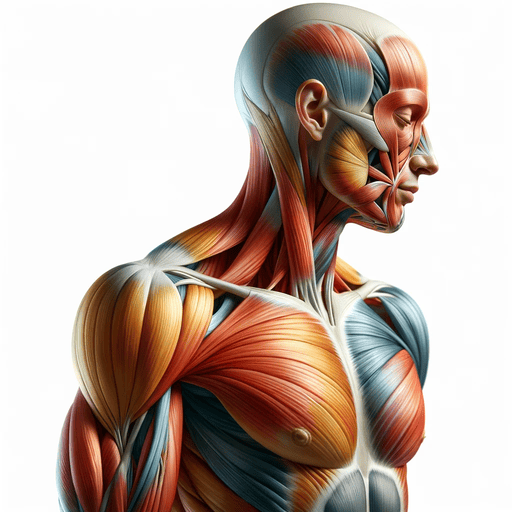
Paddle boarding provides a unique opportunity to build shoulder strength and endurance while enjoying a fun outdoor activity. By incorporating proper technique and engaging your shoulders during each stroke, you can maximize muscle activation and enhance your overall paddle boarding experience.
Feet
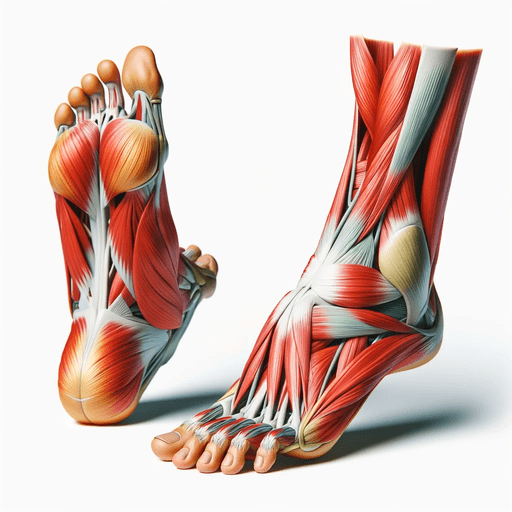
Your feet play a crucial role in paddle boarding, providing stability and grip on the board. As you propel yourself through the water, your feet help to maintain balance and support your body weight.
Engaging your leg muscles for stability aids in steering the board and maintaining proper posture throughout each stroke.
During paddle boarding, focus on keeping your feet firmly planted on the board to maximize traction and control. By actively pushing against the foot pad with your toes while paddling, you can generate more power and efficiency in each stroke.
This not only increases propulsion but also engages your lower body muscles for a full-body workout experience.
Arms
The arms play a crucial role in paddle boarding, especially during the stroke phase. As you reach forward with the paddle, your arm muscles engage to pull the water back, propelling your board forward.
The biceps and triceps are particularly active during this motion, along with the muscles of the forearms and wrists as they control the paddle.
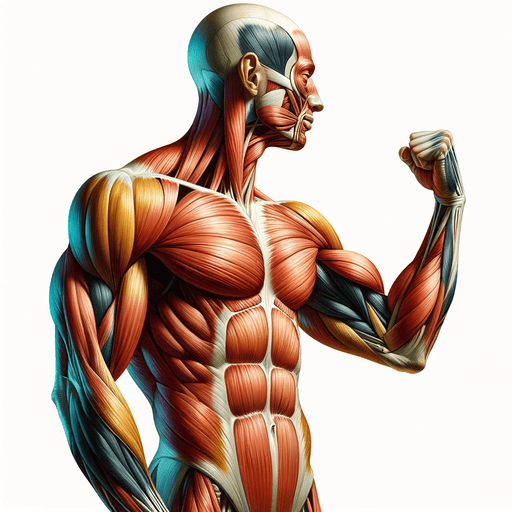
With each stroke, the arm muscles work to provide power and stability while also contributing to overall upper body strength. Engaging these muscles effectively can help improve paddling technique and reduce fatigue, allowing for a more enjoyable and efficient paddle boarding experience.
So that should have answered the question – “what muscles does paddle boarding work?” Now that we know the answer, let’s go into some of the exciting benefits of working these muscles.
The Benefits of Paddle Boarding for Muscle Strengthening

Paddle boarding not only works various muscle groups, but also offers a range of benefits such as improved cardiovascular fitness, increased muscle endurance, improved balance and coordination, and low-impact exercise.
It’s a great way to strengthen your muscles while enjoying the outdoors.
| Here are the best accessories that keep you safe and make your SUP experience fun: The 23 Best Paddleboard Accessories That You Need In 2024 |
Improved cardiovascular fitness
Paddle boarding is an effective way to boost cardiovascular fitness. Engaging in this water sport increases heart rate, leading to improved circulation and endurance. It enhances lung capacity and oxygen intake, promoting a healthy heart.
The full-body workout involved in paddle boarding elevates the heart rate, effectively burning calories and strengthening the cardiovascular system. This low-impact exercise is not only enjoyable but also beneficial for overall health and well-being.
Increased muscle endurance
Transitioning from improved cardiovascular fitness, developing increased muscle endurance is an essential benefit of paddle boarding. This activity works multiple muscle groups simultaneously and helps enhance the stamina of these muscles over time.
Engaging in regular paddle boarding sessions can lead to noticeable improvements in muscle endurance, making it easier to maintain paddling intensity for longer durations and improving overall physical performance.
Paddling is crucial in building greater resistance against muscle fatigue, leading to enhanced strength and efficiency during each stroke. This allows individuals to enjoy prolonged periods on the water without experiencing significant muscular tiredness or soreness.
Improved balance and coordination
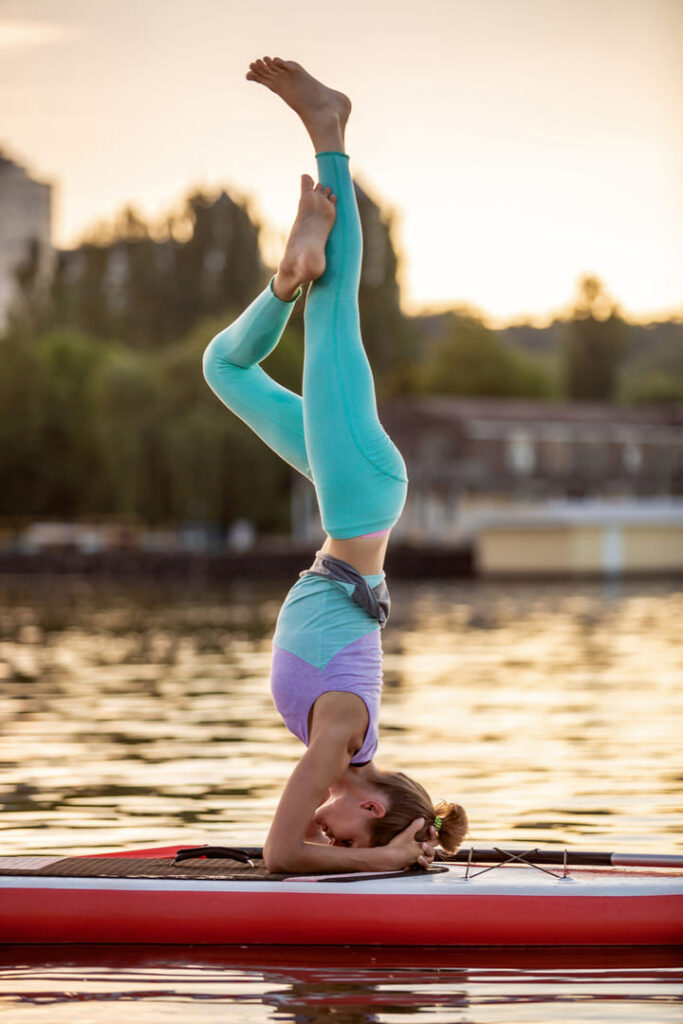
Improved balance and coordination are key benefits of paddle boarding. Balancing on the board engages core muscles, while coordinating the paddling stroke involves the upper body, arms, and shoulders.
This full-body workout enhances overall stability and control as you navigate through the water. By continually adjusting your movements to stay balanced on the board, you naturally improve your coordination skills.
Maintaining balance and coordination is essential for efficient paddle boarding. As you progress in your skills and strength, you’ll find that your overall stability improves both on and off the water.
Low impact exercise
To complement the benefits of improved balance and coordination, paddle boarding is an excellent low impact exercise. The smooth gliding motion on the water alleviates stress on your joints, making it an ideal workout for individuals with joint pain or those looking for a gentle form of exercise.
Engaging multiple muscle groups without jarring impacts, paddle boarding offers a full-body workout while minimizing the risk of strain or injury.
Additionally, paddling provides a low-impact aerobic workout that can be tailored to different fitness levels and abilities. With minimal stress on joints and muscles, it’s an accessible way to increase cardiovascular fitness and build strength over time.
Tips for Optimizing Muscle Engagement During Paddle Boarding
Focus on maintaining a strong core and using proper paddling technique to engage your muscles effectively. Try incorporating different strokes and exercises into your paddle boarding routine to target specific muscle groups and improve overall strength and endurance.
Proper paddling technique
To achieve proper paddling technique, start by standing with your feet shoulder-width apart on the board for stability. Hold the paddle with one hand on top and the other at a lower point on the shaft.
Reach forward with the paddle, keeping your arms straight as you submerge it into the water, then pull back using torso rotation to engage core muscles. Remember to keep a slight bend in your knees and maintain good posture throughout the stroke, aiming for smooth and efficient movements to maximize muscle engagement.
| Here is the ultimate guide to getting started with paddle boarding: How To Stand On A Paddleboard: The Definitive Guide |
When perfecting your paddling technique, focus on rotating your torso with each stroke rather than relying solely on arm strength. By engaging larger muscle groups like your core and back, you can increase power and endurance while reducing strain on smaller isolated muscles.
Using different strokes to target specific muscles
Engage your core and back muscles with the sweep stroke, where you start from the front of the board and continue to the tail. This movement targets the obliques, lats, and shoulders as you rotate your torso.
To activate your arms and shoulder muscles, incorporate the dihedral or J-stroke—by planting your paddle near the tail end of the board at a slight angle and pulling it towards you while maintaining a vertical position for enhanced muscle engagement.
Enhance lower body strength by utilizing reverse strokes, such as back paddling or corrective strokes, to work on quadriceps, hamstrings, and calf muscles.
Maximize engagement in both sides of your core by employing alternate side sweeps during each stroke; this not only promotes an even distribution of effort but also strengthens all major muscle groups equally.
| If you’re looking to buy a paddleboard then here are some of my recommendations: 8 Of The Best Inflatable Stand Up Paddleboards For People On A Budget |
Incorporating other exercises into your paddle boarding routine
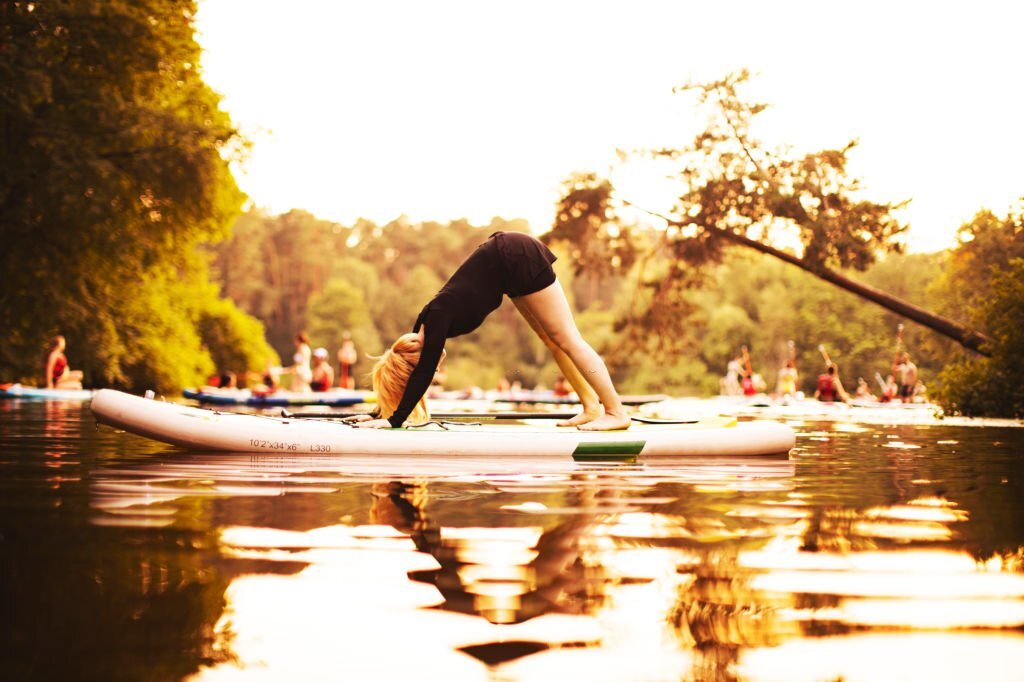
To further enhance your paddle boarding routine, consider incorporating complementary exercises to target additional muscle groups. Engaging in activities such as yoga and Pilates can improve your core strength and stability, enhancing your overall paddling performance.
Additionally, adding strength training exercises like push-ups, squats, and lunges can help build the upper and lower body muscles essential for efficient paddling. By diversifying your workout regimen with these exercises, you can achieve a well-rounded approach to fitness that supports and enhances your paddle boarding experience.
Incorporating other exercises into your paddle boarding routine not only adds variety but also ensures a comprehensive workout for all major muscle groups utilized during paddle boarding.
Conclusion
In summary, paddle boarding engages various muscle groups, including the core, back, legs, shoulders, feet, and arms. This full-body workout offers benefits such as improved cardiovascular fitness, muscle endurance, balance and coordination enhancement.
By optimizing paddling technique and incorporating different strokes into your routine, you can effectively target specific muscles for a well-rounded workout. Embracing paddle boarding not only strengthens muscles but also provides an enjoyable way to stay active in the great outdoors.
I hope that this answered your question – “What muscles does paddle boarding work?”
| Looking for insider guides to some amazing paddle boarding locations? Check the Paddleboard Insiders Location Guides |
What Muscles Does Paddle Boarding Work: FAQs
What are the main muscles used in a paddle boarding stroke?
The primary muscles used in a paddle boarding stroke include the core, back, shoulders, and arms.
How can I strengthen the muscles needed for paddle boarding?
You can strengthen these muscles through exercises such as planks, rows, shoulder presses, and paddling motions with resistance bands.
Are there any specific stretches to help prevent muscle strain while paddle boarding?
Yes, stretching the hip flexors, hamstrings, lower back, and shoulders can help prevent muscle strain during paddle boarding.
Can proper technique reduce strain on the utilized muscles when paddling?
Yes, using proper technique like engaging your core and rotating your torso can help reduce strain on the muscles used in a paddle boarding stroke.
Is it important to warm up before engaging in paddle boarding activities?
Warming up is crucial to prepare the targeted muscles for paddling by increasing blood flow and flexibility.
